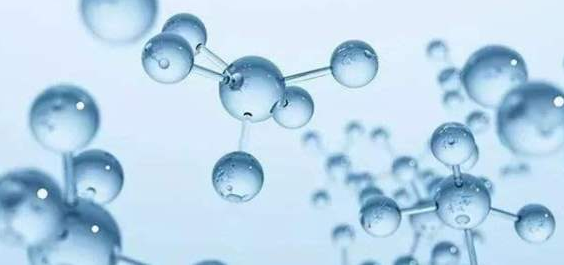January 05, 2021
Tag:
Although there are many factors such as hydrolysis reagent, hydrolysis time and so on, there are more sensitive methods for the determination of amino acids and residues. The common hydrolysis methods are introduced in detail as follows:

1. PH hydrolysis reaction
PH hydrolysis is a more widely used hydrolysis method, which can completely hydrolyze most amino acid residues. The most practical hydrolysis reagent is 6mol / lhci.
Specification: 6mol / lhci, mechanical pump, 110 ℃, hydrolysis reaction time 20-24 hours. It can be used in the high performance liquid phase hydrolysis reaction method, also can be used in the high performance liquid phase hydrolysis reaction method. However, under the standard, asparagine and glutamine are completely hydrolyzed to aspartic acid and phosphoric acid respectively, while phosphoric acid is completely damaged. Cystine is first treated with dithiohexanoic acid, 4-butadiene-pyridine or iodocarboxylic acid. After maintenance, the hydrolysis reaction can be measured. A part of coonine is damaged by the hydrolysis reaction solution, while serine and threonine are partially hydrolyzed. The peptide bond between some alicyclic amino acid residues can not be cracked, which can be solved by increasing the hydrolysis reaction time such as 92h or 120h.
2. Alkaline hydrolysis reaction
NaOH and KOH are usually used as hydrolysis agents in alkaline hydrolysis reaction. The hydrolysis reaction method is the phase assisted phase formation method of HCI hydrolysis reaction. Because most of the amino acids are destroyed or racemized in alkaline hydrolysis, only phosphoric acid is stable. Therefore, this method is limited to the measurement of phosphoric acid.
3. Enzymatic hydrolysis
The hydrolysis of reactive peptides with a group of proteases is particularly useful for the measurement of amino acids such as asparagine and glutamine, which are sensitive to analytical chemical hydrolysis reactions. In the whole process of hydrolysis, amino acids do not cause racemization, and most of them can maintain all the amino acids from being damaged. However, due to the mild standard of enzymatic hydrolysis reaction, it has no damage effect on asparagine and glutamine, and it has to be reflected for a long time. The hydrolysis reaction is not complete, and the enzyme itself is also a protein, so the measurement results of samples are likely to be damaged.
In general, peptides can be completely hydrolyzed by microwave heating at 190 ℃ for 15 minutes, which leads to the complete hydrolysis time greatly shortened. In microwave-assisted acid hydrolysis and microwave-assisted enzymatic hydrolysis, the hydrolysis reaction time can be reduced from the past several decades of hours to tens of minutes.
Generally speaking, the hydrolysis reaction mode of peptide generating drugs should be based on the characteristics of the products, scientific research purposes, the amount of samples available and the standard of few laboratories.
For any requests of Peptide for research purpose, welcome to contact us. www.gtpeptide.com , sales1@gotopbio.com.


Contact Us
Tel: (+86) 400 610 1188
WhatsApp/Telegram/Wechat: +86 13621645194
+86 15021993094
Follow Us:




 Pharma Sources Insight July 2025
Pharma Sources Insight July 2025


